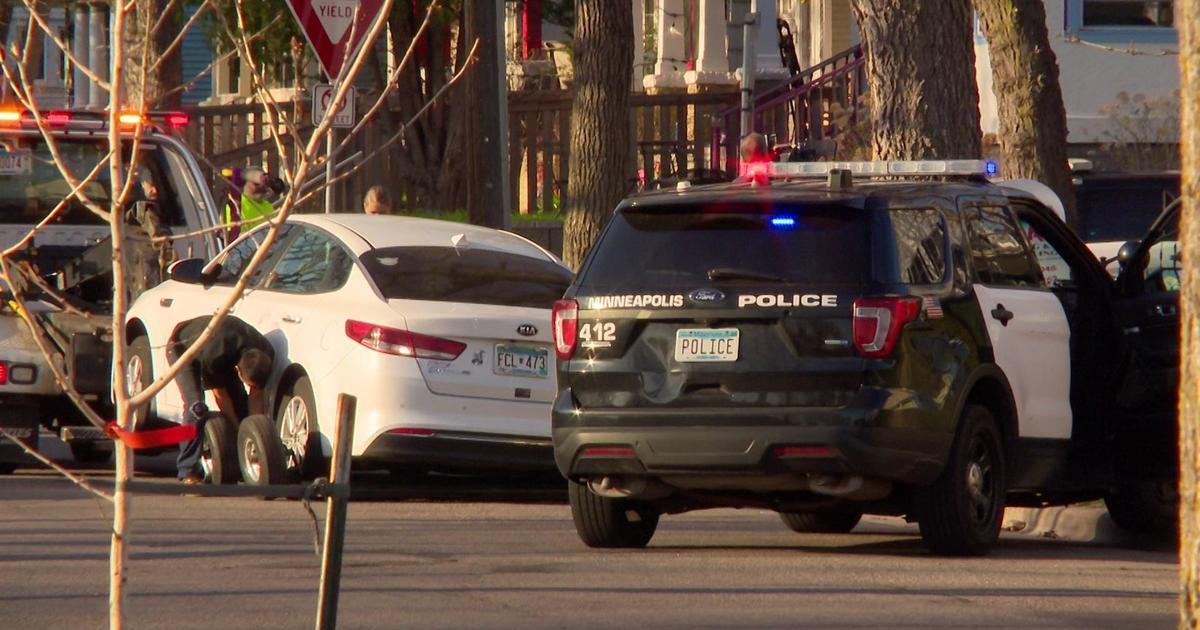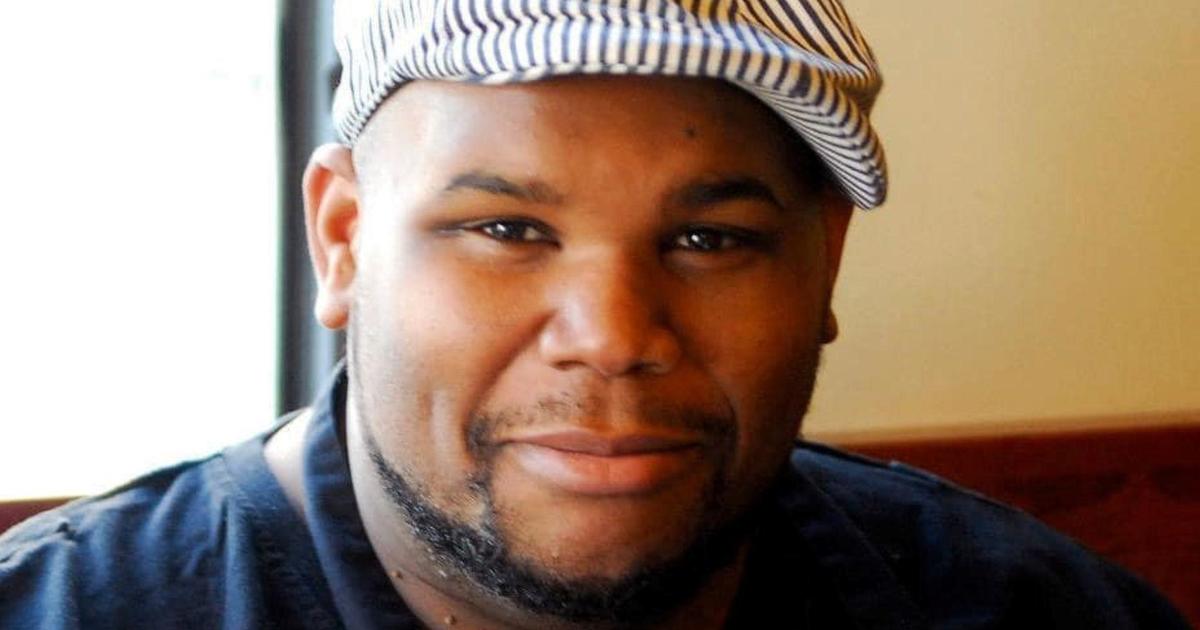Good Question: What Does It Take To Get FEMA's Aid?
MINNEAPOLIS (WCCO) -- With a one-page letter, the Federal Emergency Management Agency told residents of Duluth with flood damaged homes that they'd have to find help elsewhere. The federal government will not be helping them rebuild their homes.
"This decision is nothing short of a travesty," said Duluth Mayor Don Ness.
Although the president and FEMA declared several Minnesota counties a disaster area, providing millions of dollars to rebuild uninsured public spaces like roads and sidewalks, they decided not to help individual, private homeowners.
What does it take to get FEMA to provide aid for homeowners?
Minnesota counted 1,700 flood-damaged homes near Duluth. Sounds like a lot, but there are more factors, according to Barry Scanlon, director of business development at Witt Associates, a disaster management consulting firm. They work with states to get disaster funds from FEMA.
"How many homes were damaged? Were they affected and can be easily repaired? Is it minor damage or major damage?" he said.
Density of damage is another consideration.
"500 homes over 15 counties, as opposed to over 2 counties, would be seen as different," Scanlon said.
"There is no threshold for individual assistance," said FEMA spokesperson Dick Gifford.
"We look at concentration of damages," he said. "High concentrations generally indicate a greater need, and if it's widespread more so than if it's scattered. We look at trauma, we look at special populations, low-income, elderly, unemployed."
When you dig into the Minnesota request for federal aid, there are nearly 1,100 homes put into damage categories. Floods destroyed 17 homes, there was major damage at 154, but nearly 900 had minor damage or were classified as "affected."
As much as governors and mayors want federal help, Scanlon said FEMA asks "is it beyond the state and local capabilities to deal with it? That's a judgment call that they make," he said.
That's what happened in north Minneapolis in 2011. FEMA decided there was enough local and nonprofit support to help homeowners, and denied the request for individual aid.
"There's some who argue, go ahead and declare it even if there's not a lot of people. It's not going to cost a lot of money to administer it. But you have to draw the line somewhere," he said.
According to Reason Magazine, President George W. Bush set a record for disaster declarations -- averaging 129 a year. President Barack Obama set a one-year record in 2011, declaring 242 disasters last year.
A Boston university professor researched disaster declarations from the 1980s through 2004, and found that political swing states get twice as many disaster declarations as noncompetitive states.
"Small p' politics is in everything," said Scanlon, but he argued that the decisions are generally bureaucratic in nature, not political.
"Earlier this year, they turned down Illinois," he said. "The president is from Illinois. A lot weren't happy about that. I think they leave it to the professionals at FEMA."



